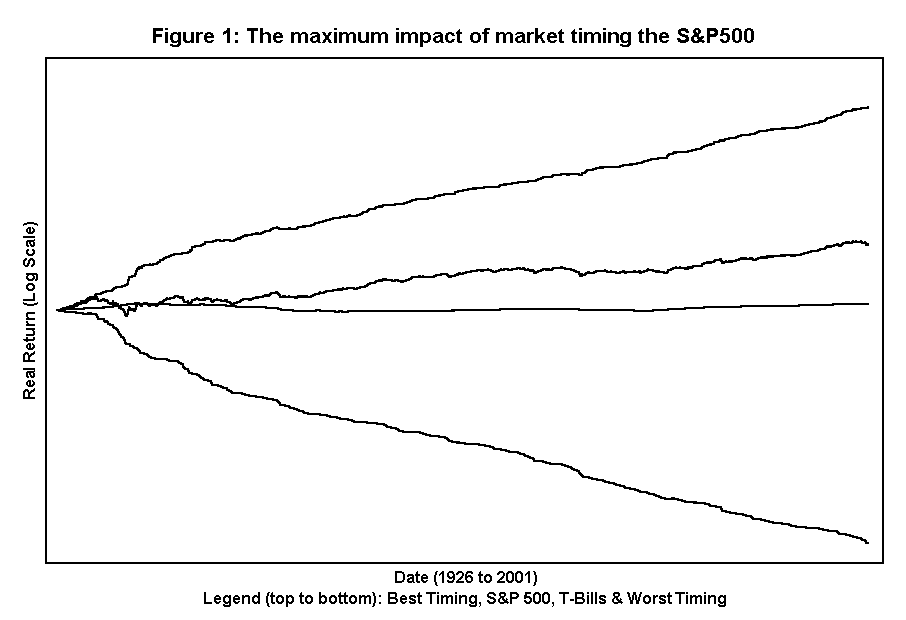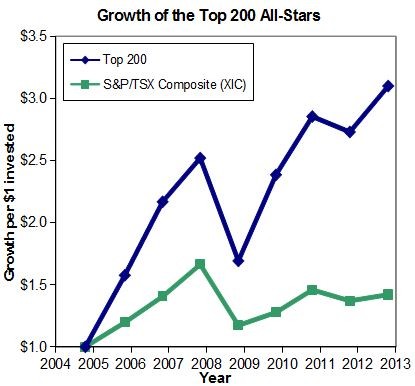Stingy Investor Unbundling Canadian ETFs
Post on: 29 Март, 2015 No Comment

Unbundling Canadian ETFs
iUnits ETFs were recently rebranded as iShares ETFs.
Index investing has become very popular over the last few years despite mediocre market performance. The main advantages to an index-based approach are low fees, diversification, and simplicity. The index investor’s goal is to attempt to achieve average, or market performance, for very little cost.
The low relative cost of indexing is very powerful and the general approach was mentioned approvingly by Warren Buffett in his 1993 annual letter to shareholders: “By periodically investing in an index fund, for example, the know-nothing investor can actually out-perform most investment professionals.”
These days index investors can buy a wide variety of low-cost index funds or exchange traded funds (ETFs). In fact, a fairly diversified equity portfolio could be constructed by buying only three country-based exchange-traded funds. Diversified Canadian exposure can be obtained with the TD’s S&P/TSX Composite ETF (TSX:TTF) which tracks over two-hundred large Canadian companies. US equity exposure can be picked up by buying the Vangaurd VIPERs Total Stock Market ETF (AMEX:VTI) which tracks the five-thousand stocks in the Wilshire 5000 index. International exposure can be had by buying the RRSP-eligible iUnits EAFE ETF (TSX:XIN) which tracks the MSCI Europe Australasia Far East Index. An equity portfolio composed of these three exchange-traded funds is simplicity itself but is it inexpensive? The three exchange-traded funds charge less than 0.36% annually in management expense ratio (MER) fees. TTF’s annual fee is 0.31%, VTI charges 0.15% per year, and XIN costs 0.35% per year. An equally weighted portfolio composed of these three exchange-traded funds would charge only 0.27% annually which is about a tenth the fees of a similar portfolio composed of actively managed mutual funds. It is this enormous level of comparative savings that provides the index investor with a significant competitive advantage.
While indexing can be a simple and inexpensive approach to building broadly-based equity ownership, not all index funds and exchange-traded funds are both low cost and broadly diversified. Some newer exchange-traded funds attempt to track small market segments represented by a particular sector or style. Fortunately the Canadian exchange-traded fund landscape has remained relatively simple and is dominated by the generally excellent iUnits family of exchange-traded funds offered by Barclays Global Investors Canada (www.iunits.com). iUnits ETFs are appropriate for many passive investors and represent a good investment option. However, an unusual class of long-term investor may be better off replicating the index by buying stocks directly.

Consider two options for the truly long-term index investor. The first option is to purchase an iUnit ETF and the second option is to buy the index’s stocks directly. At first glance, the choice between buying a low-cost exchange-traded fund that holds many stocks or buying each of the stocks directly appears to be obvious. The exchange-traded fund is likely to be the better bargain. However, buying the stocks directly may be better for some investors because the Canadian stock market is very small and it is dominated by a few big names. As a result, one might reasonably approximate an index fund by holding only a few stocks.
Before looking at the details of each exchange-traded fund, I’ll first set the time horizon for my hypothetical long-term index investor as being seven years. It turns out that seven years is about the length of time that the average equity mutual fund is held by Canadian investors. This surprisingly long holding period was determined by my fund-analyst colleague Dan Hallett who also writes for the Canadian MoneySaver.
With a seven-year time horizon in mind, we can now turn to an investigation of seven iUnits ETFs that are shown in Table 1. The most popular Canadian exchange-traded fund tracks the large-cap S&P/TSX 60 index (TSX:XIU) and has a rock-bottom annual fee (MER) of 0.17%. It is important to remember that exchange-traded funds trade like stocks and, under most circumstances, your broker will charge you a commission to buy and to sell them. Furthermore, an exchange-traded fund may pay dividends which are collected as the stocks in the underlying index pay dividends. This little wrinkle could cause a reinvestment problem in that the investor may be better off collecting dividends until a sizeable purchase can be made to avoid excessive brokerage commissions.
Table 1: Select Canadian Equity ETFs from iUnits














